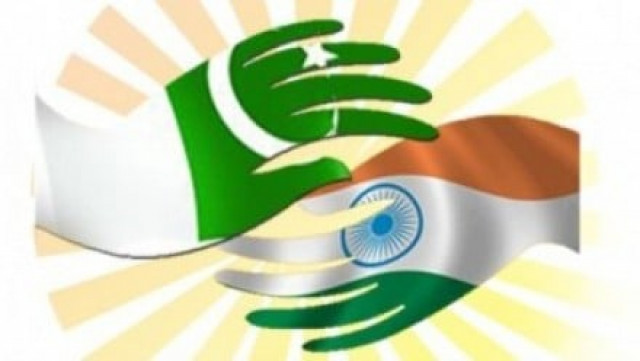Liberalising trade with India
One hopes that New Delhi will begin the process of removing its own barriers to trade in earnest.

South Asia is, by most measures, the least economically integrated region in the world, largely due to animosity between India and Pakistan. At independence, Pakistan’s trade with India accounted for 60 per cent of our total foreign trade. That number is now barely above three per cent, an economic travesty considering the scale of unmet demand for Indian goods in Pakistan and vice versa (measured through the roaring smuggling trade between the two countries). We agree with Commerce Secretary Zafar Mahmood that normalisation of ties regularises trade and increases it, rather than being disruptive for local industries.
Yet much work remains to be done. As was made evident in the commerce ministry’s statement on November 2, normalisation of trade does not automatically follow the granting of MFN status. Indeed, New Delhi maintains extensive non-tariff barriers to Pakistani goods entering India, even more than a decade and a half after granting Pakistan MFN status. Pakistan also has high tariffs and even outright bans on the import of most goods from India.
What was encouraging about the talks in Mumbai last month was that both countries had candid and detailed discussion about the specific barriers to trade between India and Pakistan. Indian regulators agreed to review their regulations on the import of Pakistani goods (which Pakistani traders describe as burdensome) and the Pakistani commerce ministry appears to have been given authorisation to move from a ‘positive’ list — where trade in only a few items is allowed and the rest is banned — to a ‘negative’ list: where trade in only a few items is banned.
The next round of talks is scheduled for later this month. In Mumbai, the Indians had been insistent that Pakistan reciprocate MFN status for India. Now that Pakistan appears to have done so, one hopes that New Delhi will begin the process of removing its own barriers to trade in earnest.
Published in The Express Tribune, November 4th, 2011.



















COMMENTS
Comments are moderated and generally will be posted if they are on-topic and not abusive.
For more information, please see our Comments FAQ